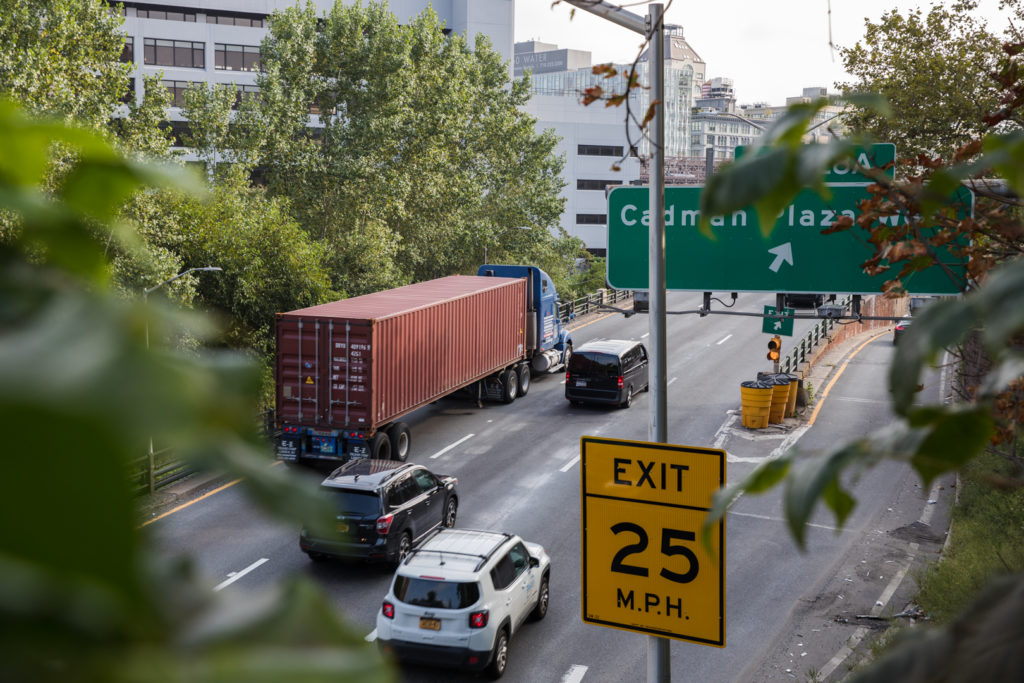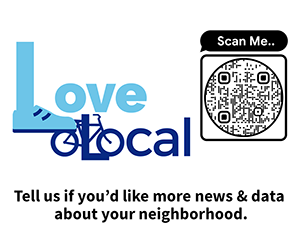Are the BQE workshops an empty exercise?
Online format rates higher, but ignoring previous studies criticized

 BROOKLYN HEIGHTS — Many of the 141 people who logged into the NYC Department of Transportation’s online Oct. 18 engagement workshop about the redesign of the “Central” portion of the Brooklyn-Queens Expressway (BQE) said they felt the virtual format was more conducive to open discussion than the previous week’s in-person workshop on the same topic.
BROOKLYN HEIGHTS — Many of the 141 people who logged into the NYC Department of Transportation’s online Oct. 18 engagement workshop about the redesign of the “Central” portion of the Brooklyn-Queens Expressway (BQE) said they felt the virtual format was more conducive to open discussion than the previous week’s in-person workshop on the same topic.
Some participants, however, thought there was something missing in both of the city’s BQE Central workshops: an acknowledgment of the years of previous workshops and community forums, the Mayoral Expert Panel report, the City Council report, a regional study and other studies.
In the chat during the Zoom workshop, Ann Dooley commented, “I think this format works much better than the in-person to have group discussion and gather information.”

Brooklyn Heights
View MoreRead the Brooklyn Height's Press and Cobble Hill News. Find out more about Brooklyn Height's History here.